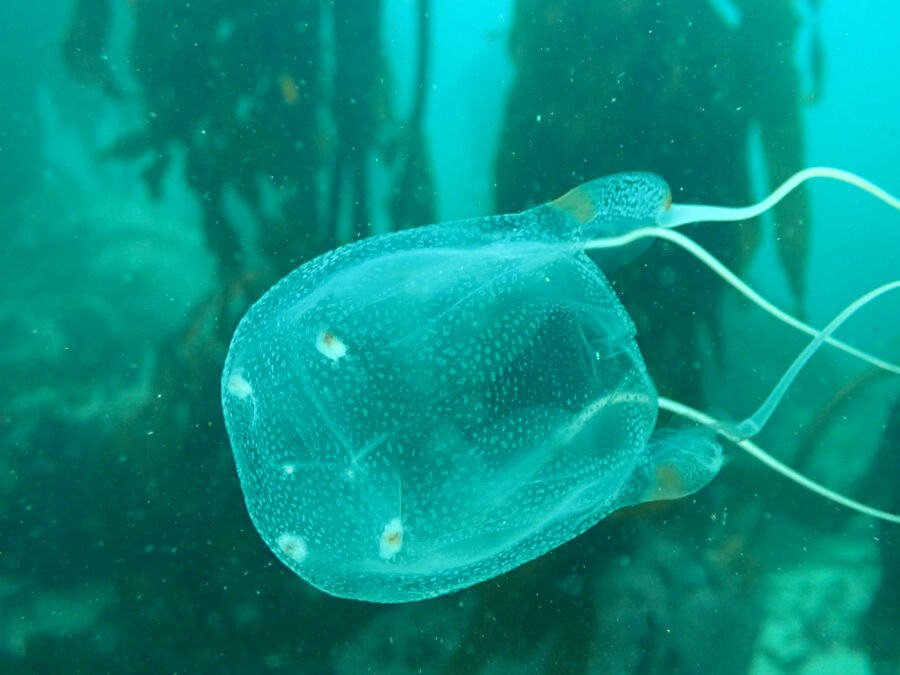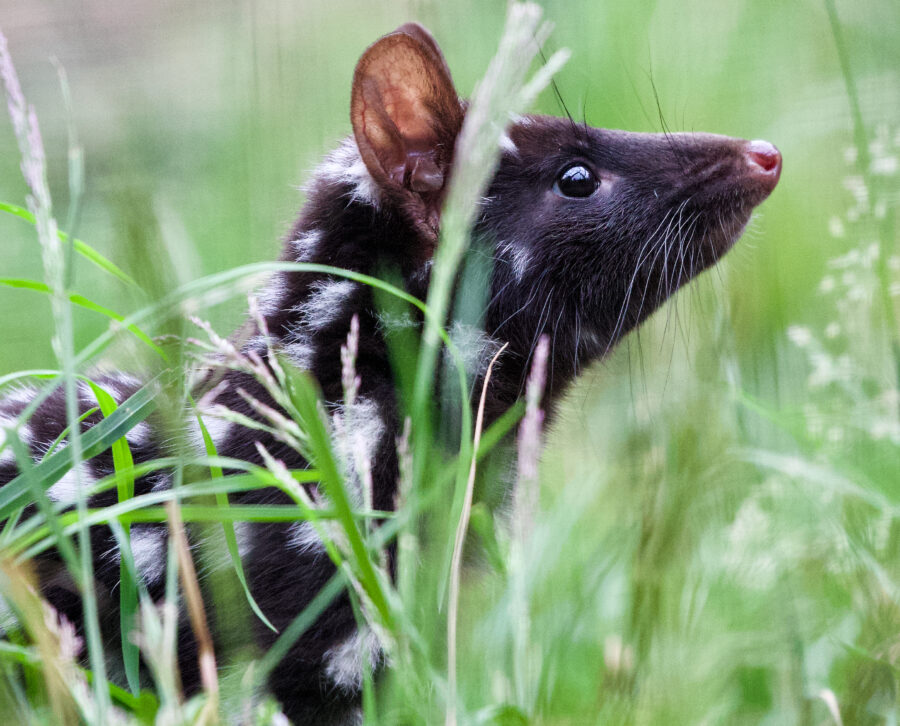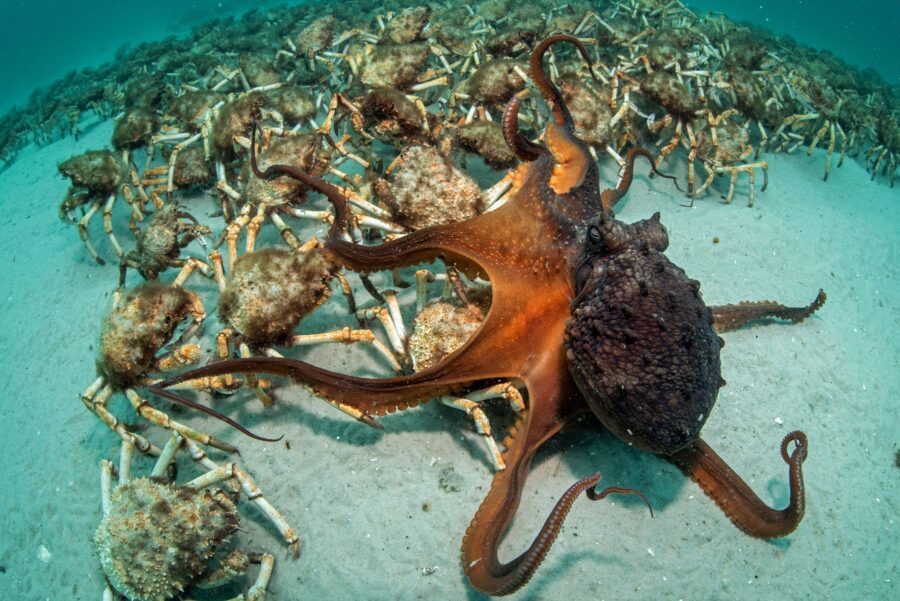The strange face of the pig-nosed turtle

Bec Crew
Bec Crew

I FEEL LIKE THIS is the kind of turtle I’d like to watch television with. It just looks like it’d have lots of great opinions about things and would enjoy eating popcorn out of a big wooden bowl while perched on the arm of my couch.
Its name is the pig-nosed turtle (Carettochelys insculpta), native to the freshwater rivers, streams and lagoons of the Northern Territory in Australia and parts of southern New Guinea.
With its large, webbed flippers, buttercup-yellow chin and wonderfully strange little snout, this charismatic mishmash of a reptile is unlike any other freshwater turtle in the world.
The sex of an embryonic pig-nosed turtle is determined by the temperature of the ground beneath its egg. Once hatched, the average pig-nosed turtle will grow into a shell about 70cm long and will end up weighing over 20kg.
It will use its long fleshy proboscis – or snout – sort of like a twin-snorkel, poking it up out of the water to breathe while the rest its body remains safely submerged.
The pig-nosed turtle’s paddle-shaped flippers are more like something you’d see on a marine turtle, and yet its ability to move its individual digits around is more typical of a freshwater turtle species.
Pig-nosed turtle a link between fresh and marine species
These features, which are seemingly at odds with each other, have led researchers to believe that their family Carettochelyidae represents an evolutionary link between freshwater and marine turtles.
Unfortunately though, pig-nosed turtles are the last remaining members of this family, and thanks to their cute weirdness, they’re in serious danger of disappearing too.
According to Ben Guarino at Dodo, the pig-nosed turtle has unwittingly become a popular subject of black market trade, and their conservation status now sits at Vulnerable.
Their unique look makes them much-sought-after pets, and rumours of their supposed medicinal properties continue to flourish throughout Asia. TRAFFIC, an international wildlife trade monitoring network, reports that two million wild pig-nosed turtle eggs are illegally collected by the locals of Papua in New Guinea every year and sold internationally as hatchlings.
A 2011 study led by Carla Eisemberg from the University of Canberra found that in some areas of Papua, locals are harvesting more than 95 percent of the content of these wild nests.
The key to their survival, Eisemberg told BBC News, is setting up local conservation efforts that take into account the traditional role of this species in New Guinea as a food source.




